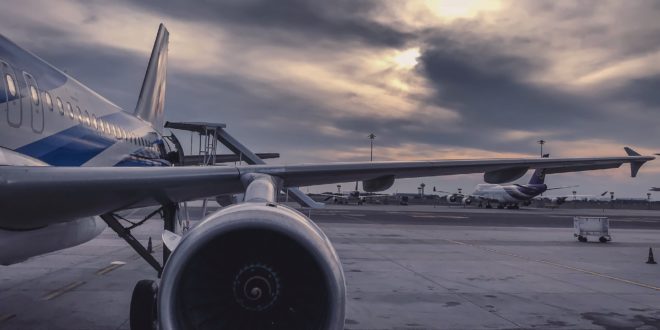The demand for sustainability is growing across the world and its industries. For aviation, reaching carbon neutrality to be sustainable is going to be harder than with other industries. Still, experts remain hopeful that carbon-neutral airlines will become the norm in the future.
Carbon neutrality refers to maintaining a net-zero level of carbon emissions. Most of the time, industries or companies achieve carbon neutrality through offsetting — meaning they buy or invest in something, like planting trees, that will take out the same amount of emissions the company is releasing. For airliners, offsetting often means planting trees or rebuilding natural habitats.
Is it enough, though? Certain airlines like Delta and JetBlue are making promises to become carbon-neutral. The logistics can become muddled, however, leading many to question the likelihood of carbon-neutral airlines.
Carbon Offsets
Carbon offsets are, as of today, the most realistic options for airlines to reach carbon-neutral levels. The other options — electric and battery-powered — are impractical. Batteries would be too heavy for planes to handle. Electric planes, though they are becoming more popular, can’t presently compete with jet fuel’s availability.
Thus, carbon offsets are the primary way for airlines to reach carbon neutrality. These are places for industries to invest, like nonprofit organizations or movements. From there, the airlines ensure that enough money is going into environmental projects to offset the amount of carbon their planes release.
Delta has recently taken a big step towards carbon offsets. The company has recently committed $1 billion towards carbon offset projects within the next 10 years. The money will go towards planting trees and rebuilding the environment in terms of wetlands, marine ecosystems and more.
In a similar announcement, JetBlue stated that its domestic flights will be carbon-neutral starting in July of this year. Its offset programs will focus on forestry, landfill gas capture and solar and wind power.
As jet fuel is seemingly irreplaceable at the moment, carbon offsets are the most popular option for airlines. Though they won’t reduce the emissions that airplanes give off, it’s a start.
Biofuel
The other resource the aviation industry is turning to is biofuel. It’s almost the same as jet fuel, except it’s more sustainable because it comes from plants. Taking the biofuel path can help to reduce emissions. However, like carbon offsets, it won’t bring true carbon neutrality.
Airplanes can’t rely on biofuel alone — experts must mix it with jet fuel. This combination will lower carbon emissions, but won’t bring them to net-zero. Additionally, since biofuels use plants, production could be wasteful of ingredients for food. One solution is sourcing biofuel from agricultural waste, but it can get expensive.
Though biofuel is a step in the right direction, it again raises the question of true carbon neutrality. Airlines have a more difficult time becoming carbon-neutral due to the dependency on jet fuel, but the industry could change that. Though biofuel may currently be more expensive than jet fuel, a quick and dense investment from the industry would send it to the top, and the price would drop. However, not enough airliners are moving in that direction.
Carbon-Neutral Concerns
Some of the difficulties that come with airliners’ attempts to be carbon-neutral are intention and viability. Carbon offsets are one of the only options that airliners have when going carbon-neutral, but even then it’s hard to compare their emissions and progress.
To avoid backlash or failing to meet their commitments with carbon neutrality, airlines have to do two things. First, they need to make sure their offsets and their use of biofuel are permanent. While experts look for alternatives to jet fuel, carbon emissions will remain in the meantime. Airlines need to keep their offsets and biofuel use going throughout the years to match and reduce emissions.
Second, they need to provide proof of their commitments. Using biofuel or buying carbon offsets should result in statistics. For biofuel, the statistics should show a decrease in emissions. For carbon offsets, they should show a match in reduction and output.
With these methods, carbon neutrality becomes a more tangible reality for airlines in the present. In the future, these strides make room for even further innovations.


